Grandpa Ron
Been spending a lot of time on here!
- Joined
- Aug 9, 2018
- Messages
- 1,210
- Reaction score
- 753
- Can others edit my Photos
- Photos OK to edit
This kind of twist on the Raw vs. Jpeg question.
I shoot 4x5 black and white negatives on an antique camera. I digitize the negatives with my 18 MP Canon DSRL and a light board fixture. I find that the digitized negatives or their inverted positives, do not seem to have the same contrast or sharpness as the 4x5 negatives.
I tried to make up for the fact that the monitor enlarges the 4x5 images, by viewing the negatives through a focusing loupe. But the negative seems to have better detail.
So the question is, "Would shooting the negatives in RAW be worth the effort?" Since color is not an issue, and the processed Raw image has to be downloaded through Jpeg; would I gain any contrast or sharpness over a straight Jpeg from the camera.
I shoot 4x5 black and white negatives on an antique camera. I digitize the negatives with my 18 MP Canon DSRL and a light board fixture. I find that the digitized negatives or their inverted positives, do not seem to have the same contrast or sharpness as the 4x5 negatives.
I tried to make up for the fact that the monitor enlarges the 4x5 images, by viewing the negatives through a focusing loupe. But the negative seems to have better detail.
So the question is, "Would shooting the negatives in RAW be worth the effort?" Since color is not an issue, and the processed Raw image has to be downloaded through Jpeg; would I gain any contrast or sharpness over a straight Jpeg from the camera.

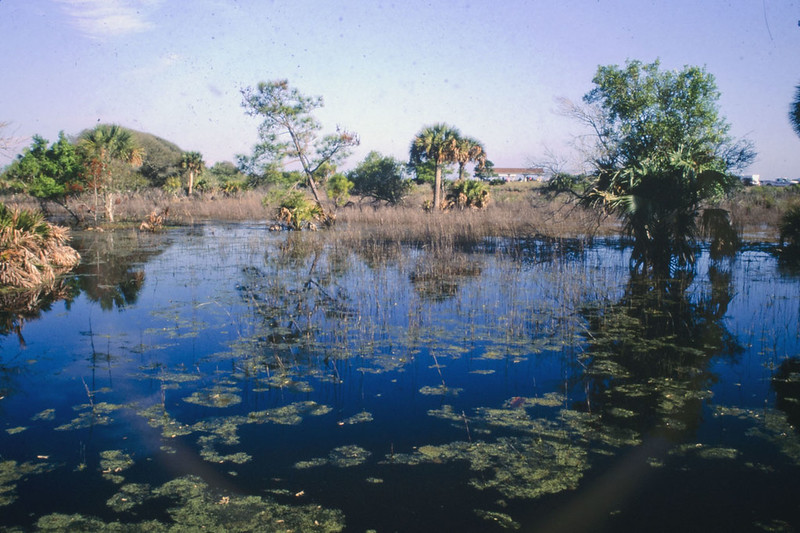


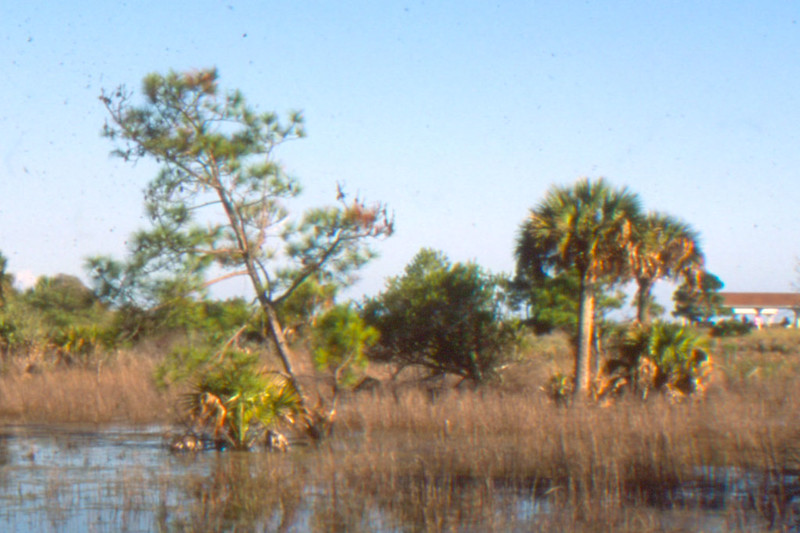
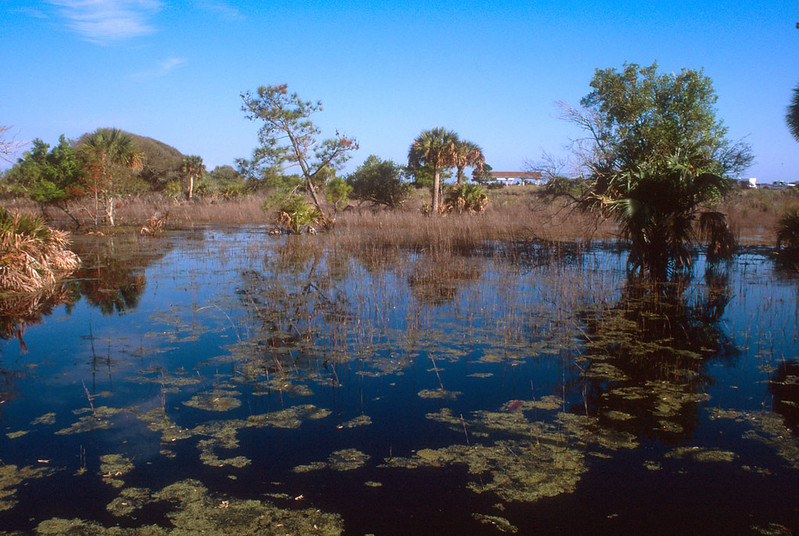
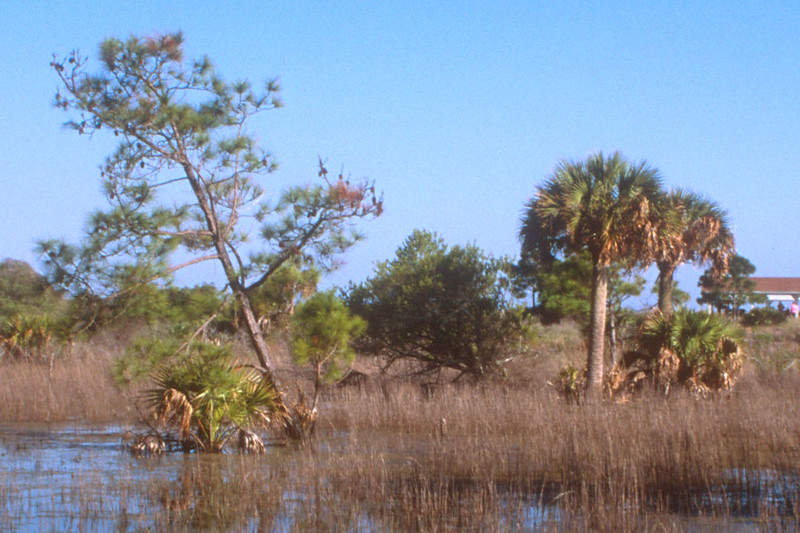
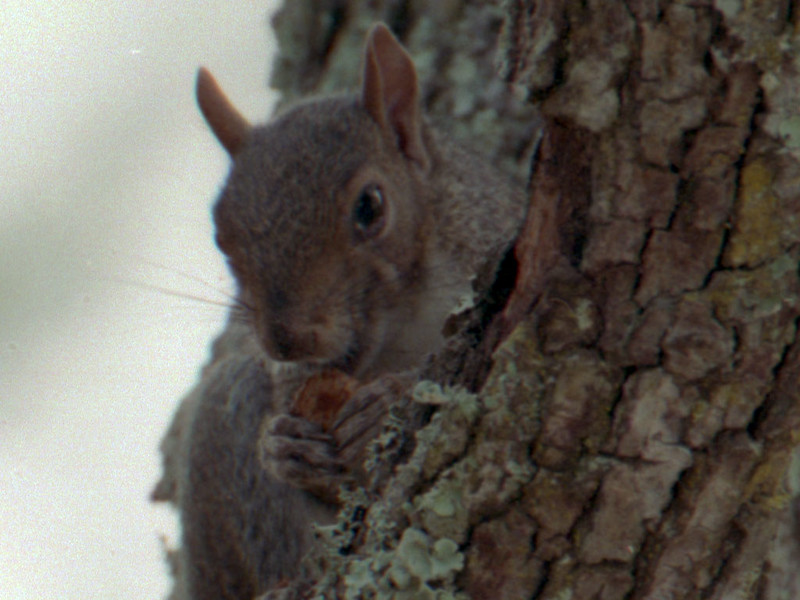
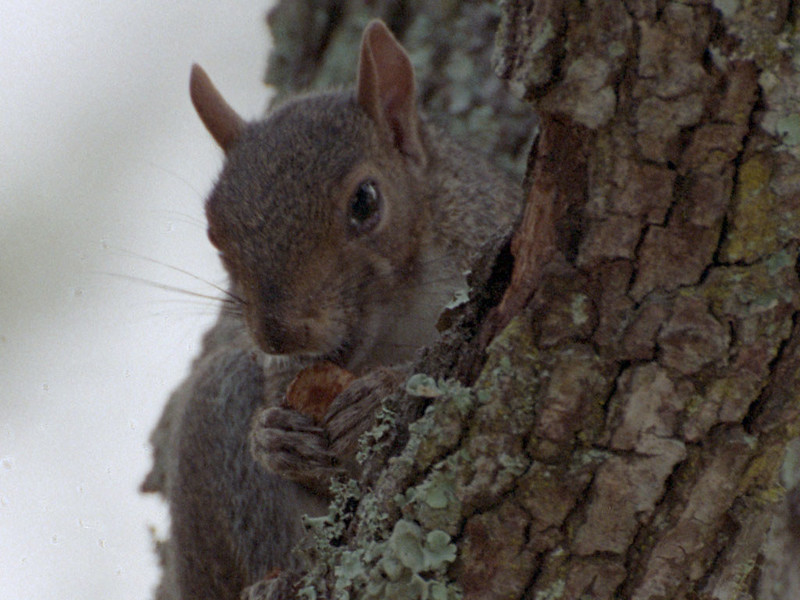
 Might be crazy or might actually work?
Might be crazy or might actually work?










![[No title]](/data/xfmg/thumbnail/33/33353-b10d15026a6a614f240c0bd4ee0fe22c.jpg?1734163270)